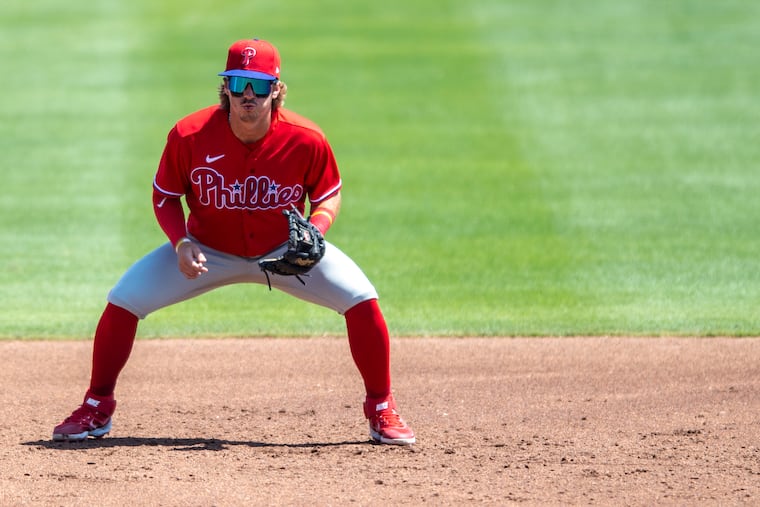Bryson Stott belongs in the majors. The Phillies had no choice but to find out if he is a star. | David Murphy
In keeping top hitting prospect Bryson Stott on the opening-day roster, the Phillies made the only decision they could.

In keeping top hitting prospect Bryson Stott on the opening-day roster, the Phillies made the only decision they could.
